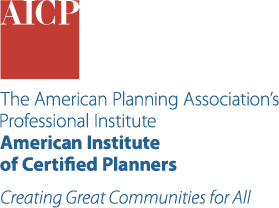Inclusive Design

About This Trend
Inclusive design, which seeks to create environments and experiences that are accessible to as many people as possible, is an emerging trend across industries. This evolving market and movement in design professions is leading to changes in public spaces, buildings, and infrastructure, as well as product design, ranging from universally accessible urban mobility efforts to a growing awareness of the need for gender-inclusive spaces.
A related issue is the disappearance of bathrooms as a public amenity. This disproportionately affects women because more of their daily activities (like childcare) or biological needs typically require more frequent bathroom access. Some places are now seeing a growing movement to address this issue, including by way of bathroom influencers. After years of protests, Amsterdam agreed to expand the number of women's and accessible bathrooms across the city, which had only three public restrooms for women versus 35 public urinals for men. In addition to releasing a map of the city's public restrooms in 2024, New York City announced plans to build or renovate nearly 100 public bathrooms. Chicago, Maine, and Saskatoon in Saskatchewan, Canada, are considering or have passed legislation to create more public bathrooms. Accessibility in bathrooms is also a concern. A bill was introduced in New York in 2024 that would expand the number of adult changing tables in public spaces for those with disabilities, and similar efforts are underway in parts of Minnesota, Ohio, and Florida. Furthermore, restrictions on access to bathrooms can have discriminatory impacts on transgender people.
Planners can encourage developers, property owners, and service providers to enact inclusive design principles in their spaces and products.
Trend Category:
Social Change
Timeframe: Act Now
As Seen in APA's Trend Report
Related Publications
Related Passport Courses




